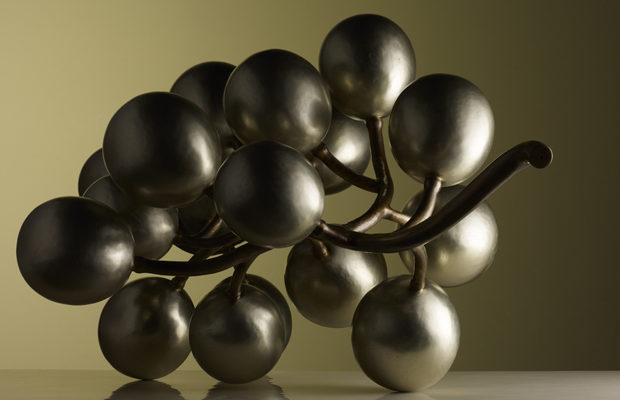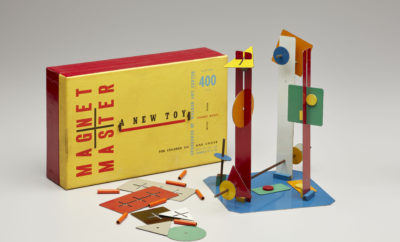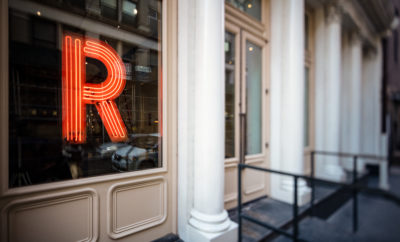 Images courtesy of Robert Kuo
Images courtesy of Robert Kuo
Design
East and West: Robert Kuo’s Four Decades in Los Angeles
At designer Robert Kuo’s warehouse studio in south Los Angeles, two white lacquer rabbits stand by an entrance ramp leading to the front offices. To those familiar with Kuo’s work, the tongue-in-cheek placement of his playful animal pieces might appear as a decorative calling card for his unique style, a way to set the space apart from its industrial neighbors. Yet Kuo himself offers a more practical alternative: “The rabbits are out there to dry in the sun.” The Chinese lacquer process the designer uses on works such as these requires each coat to cure and dry in natural air before the next coat is applied. Depending on the desired color, shade, and sheen, this application can take up to two years, with the final layer occasionally needing extra time after arrival from the village in China where traditional lacquer artisans execute Kuo’s precise specifications. “The penguins are the most difficult,” Kuo adds, referring to another of his popular animal designs, “as the black and white lacquer coats must be applied entirely separately.”
The seeming contrasts between pragmatism and artistry, East and West, traditional handcrafts and assembly production have driven Robert Kuo’s career in design. Born in Beijing and raised in Taiwan, he opened his original Los Angeles studio in 1973. His father, Kuo Ming-Chiao, was a painter and art professor who started a business producing cloisonné, the ornately patterned enamelware well known to collectors of Chinese decorative objects. “He could not support the family simply as an artist,” explains Kuo, despite the fact that his father’s work hangs in the Vatican. As an apprentice in the family’s factory, the younger Kuo learned the meticulous craftsmanship involved in cloisonné. Equipped with this knowledge, he brought the process stateside where, outside the confines of tradition and in the face of a more art-savvy market, he began to innovate. Ordinarily, the cloisonné artisan fires the piece several different times before completion. At the incomplete “middle” stage, the color pattern takes on an amorphous quality that more closely resembles the abstract expressionism of Kandinsky than the intricate forms of imperial dynasty works. Drawing on art deco designs he had encountered in the showrooms and museums of Europe, Kuo developed a new process to make finished pieces with the fluid quality of the “middle” stage. Further trial and error led to the creation of a matte finish, as opposed to the usual glossy shine of cloisonné.
Today, however, Kuo rarely works in cloisonné. “There are very few places that produce cloisonne? above the gift store level,” he comments (his father’s Taiwan factory closed its doors a decade ago). Instead, Kuo’s repertoire of techniques has expanded to include repoussé, Peking glass, and lacquer. As a designer, this set of skills allows him to exhibit a versatile range: cabinets with repoussé bronze panels, colorful lacquer sculptures of fruits and vegetables, Peking glass vases, or rock crystal lamps. The accompanying growth of his production line prompted the move to his current warehouse atelier, as well as an additional showroom in New York to complement the family-run store across from the Pacific Design Center in Los Angeles. Despite having incorporated modern design principles into these traditional Chinese art forms, Kuo remains old-fashioned in some respects. He still draws his designs by hand, not seeing the need to learn to use a computer (a family member prints e-mails for him to read every day). He remains an avid collector of Chinese antiquities, which he displays in both showrooms and which often serve as the inspiration for his pieces. A miniature beaded coral knot transforms into a marble drum stool, for instance, or a Song dynasty bronze bracelet becomes the basis for a chandelier. Kuo even sees a place for Western design on his work, noting how Josef Hoffmann, Jean Dunand, and Jean-Michel Frank all drew on Chinese sources in their works. “I view their influence as a dialogue between East and West that is reflected in my work,” he says. robertkuo.com













